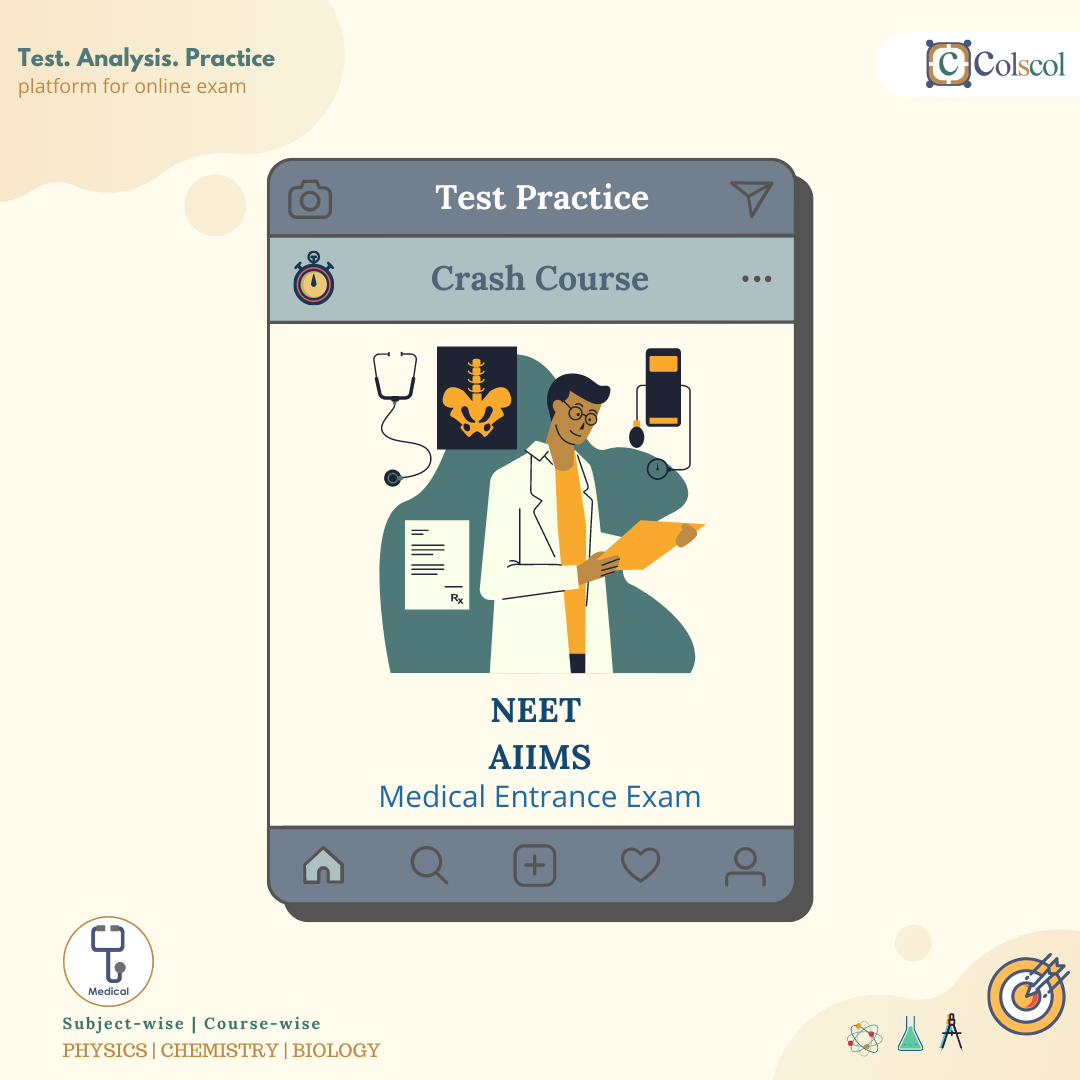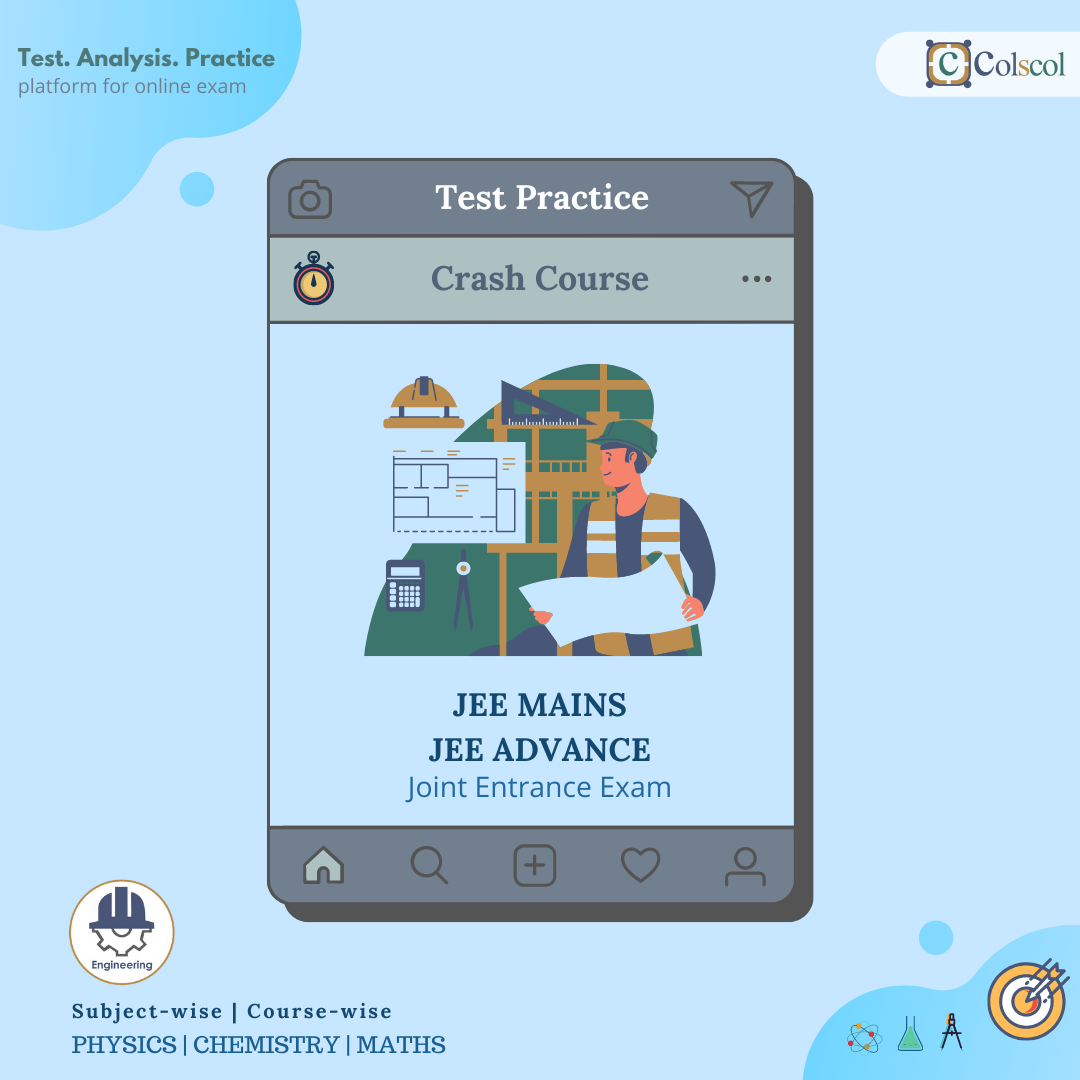
The search of class 10 students to find class 10 Physics syllabus has come to an end,this learning brings comprehensive material for cbse students to help improve their performances in class 10 board exams. Students must be updated with the latest cbse syllabus and compare with the previous years syllabus to know which are the chapters and units that are added and whether any concepts are eliminated.
TOPICS
- Light reflection and refraction
- Human eye and colorful world
- Electricity
- Magnetic effect of electric current
- Sources of energy
- Management of Natural Resources
1.A. Reflection of light
1.B. Spherical mirrors: Formation of image
1.C. Uses of spherical mirrors
1.D. Mirror formula and magnification
1.E. Refraction of light
1.F. Refraction by spherical lenses
1.G. Lens formula and magnification – Power of lens
2.B. Power of accommodation
2.C. Why do we have two eyes
2.D. Defects of vision and its correction: myopia
2.E. Defects of vision and its correction: Hypermetropia
2.F. Defects of vision and its correction: Presbyopia
2.G. Defects of vision and its correction: Astigmatism
2.H. Refraction of light through prism
2.I. Dispersion of white light through glass prism
2.J. Atmospheric refraction
2.H. Scattering of light
3.B.
3.C. Circuit diagram
3.D. Ohm’s law
3.E. Factors on which the resistance of conductor depends
3.F. Resistance of a system of resistors
3.G. Heating effect of electric current
3.H. Electric power
4.B. Magnetic field due to current carrying conductors
4.C. Force on current carrying conductor in electric field
4.D. Electric motor
4.E. Electromagnetic induction
4.F. Domestic electric circuits
5.B. Conventional sources of energy: fossil fuels
5.C. Conventional sources of energy: Hydro power plant
5.D. Alternate or non- conventional sources of energy: Biomass bio-gas
5.E. Non Conventional Sources of Energy -Ocean Thermal Energy
5.F. Non Conventional Sources of Energy -Solar Energy – Photo voltaic Cell
5.G. Non Conventional Sources of Energy – Tidal Energy
5.H. Non Conventional Sources of Energy – Geothermal Energy
5.I. Non Conventional Sources of Energy – Ocean Thermal Energy
5.J. Environmental consequences
5.K. How long will an energy source last us
6.B. Save the Environment from Environmental Pollution – Reduce
6.C. Save the Environment from Environmental Pollution – Recycle
6.D. Why do we need to manage our natural resources
6.E. Forest and wildlife
6.F. Sustainable management
6.G. Water for all : dam
6.H. Water harvesting
6.I. Coal and petroleum
6.J. An overview of natural resource management



